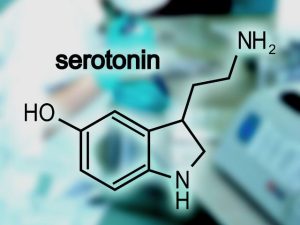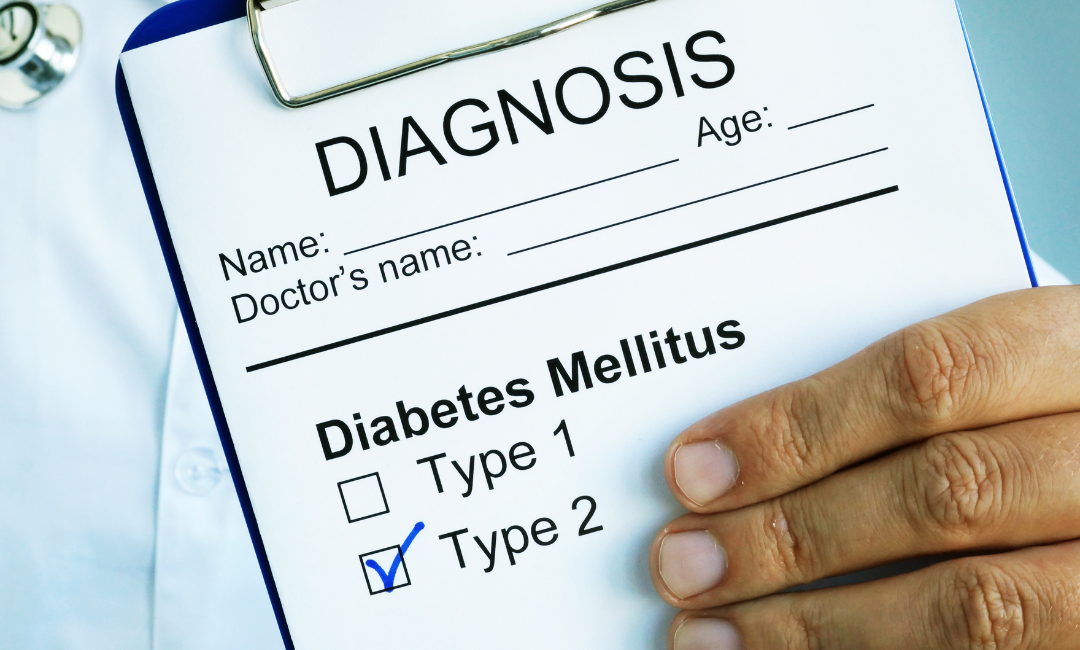A Serotonin Syndrome Case Study
A 33-year-old female arrived at the hospital with a past medical history of generalized anxiety and depression. In triage, the patient expressed a recent history of unsteadiness and a mild headache for several weeks.
Vital signs: tympanic temperature of 38.2 °C, pulse 127 beats/min and blood pressure of 153/94 mm Hg sitting, and oxygen saturations at 95% on room air with a respiratory rate of 21 per minute.
The patient’s GCS (15) with bilateral 6 mm round and reactive pupils to light. The first look physician documented tachycardia, diaphoresis, and hyperreflexia in the patient’s electronic medical record (EMR).
Along with a headache, the patient reported increased anxiety, insomnia, and constant twitching. She had seen her primary care MD one week prior and had a recent medication change. Her doctor discontinued her fluoxetine (Prozac) without taper and started her on Paroxetine (Paxil) 10 mg daily and hydroxyzine 50 mg as needed for anxiety.
The patient had no history of illicit drugs, alcohol use, or smoking. She had no known drug allergies or side effects experienced with fluoxetine. There was no history of drug overdose. She lived with her husband and three children.
The physician diagnosed the patient with serotonin syndrome based on Hunter’s criteria. Hunter’s criteria include numerous parameters that equate to serotonin toxicity beyond spontaneous clonus.
Additional diagnostic presentations include:
- Inducible clonus, or ocular clonus plus agitation
- Inducible clonus and diaphoresis
- Tremors and hyperreflexia
- Hypertonia and hyperthermia with ocular clonus
The physician discontinued the paroxetine, and the patients’ physical symptoms improved.







